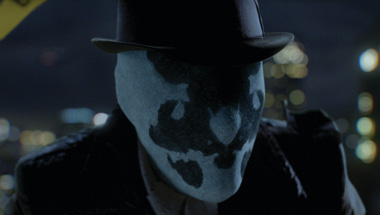|
|
What Went Wrong: WatchmenBy Brian PewAugust 17, 2009
Watchmen opened the weekend of March 6, 2009 to a ho-hum $55 million dollars. Not a great start, but not one that portended doom. It was the second weekend which confirmed its demise. Watchmen lost its second weekend to the immortal Race to Witch Mountain, dropping a steep 67% to only $17 million. A 61% dip in the third frame put its total into seven digits, and by the last weekend of March it could barely fend off Taken, a Eurothriller which had premiered two months prior. The vaunted Watchmen petered out at $107 million domestic, a far cry from the $130 million published budget and sky high expectations. How did Watchmen, a movie which practically oozed destiny, crash and burn so quickly? For most underperformers, there are generally a multitude of causes for failure. Direction, screenplays, casting, music, marketing, and acting are just a few usual suspects. Our topic has a host of problems, too, but at the same time Watchmen is not a typical example. It has plenty of small faults, but one overriding negative that eclipses all the rest. Regarding the small stuff, there are some issues that should be mentioned before moving on. For one, slow motion is played out. It can be very exciting in small, short outbursts, but one of the reasons Watchmen has a long run time is because half of the movie is in slow-mo. Director Zack Snyder used it extensively in 300, but in Watchmen it came off as derivative, even boring. It even was used during the hideous sex scene, which also deserves special attention. It looked like the two principals spent too much time studying Cinemax's late night softcore offerings. The smirks and giggles coming from the peanut gallery summarized the copulation scene nicely. And before the main course, the marketing must be discussed. Keeping a certain level of mystery around the project is a heady idea, but completely skimming over the plot and background of the film was a terrible move. It was already an unknown quantity to many, and not addressing what the movie was about was a wide misfire. When people see a giant naked blue man destroying the Viet Cong, the masses deserve an explanation.
|

|
|
|

|
Friday, November 1, 2024
© 2024 Box Office Prophets, a division of One Of Us, Inc.


